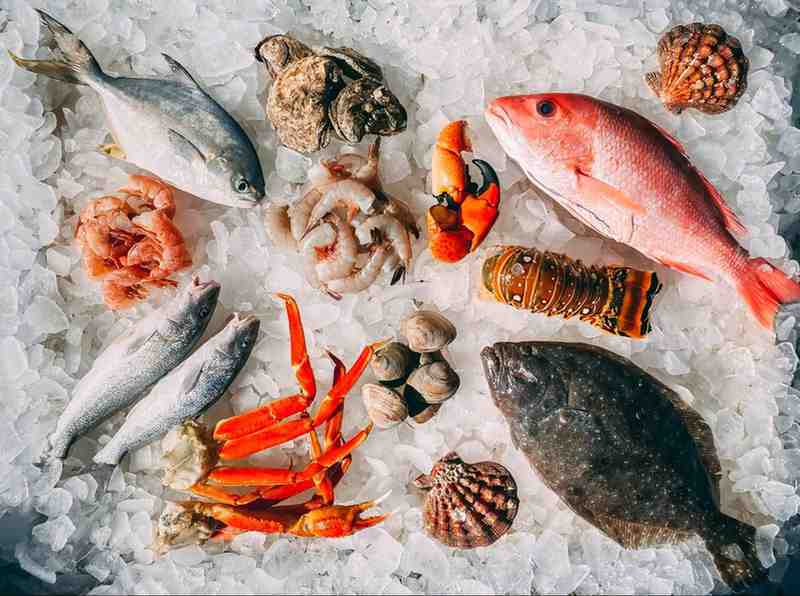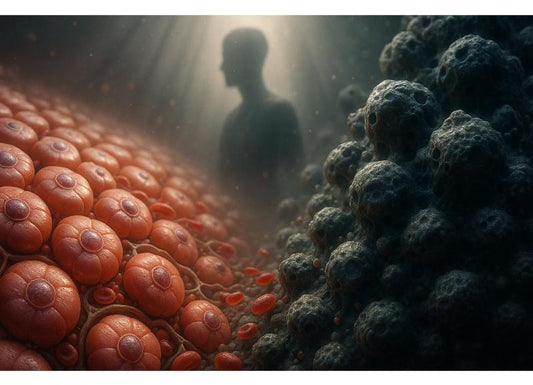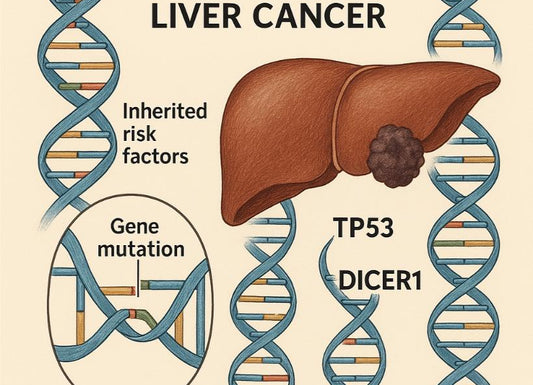What Fish Is Not Good for Kidney Disease?
 Written By
Abel Tamirat, MD
Written By
Abel Tamirat, MD

If you have kidney disease, choosing the right foods can make a big difference in how well your kidneys function. Fish is often considered a healthy protein source, but not all types are ideal for people with reduced kidney function. Some fish are high in phosphorus, potassium, or sodium — minerals that can build up in your body when your kidneys aren’t working properly.
Here’s what you need to know about which fish to avoid and which options are safer for your kidneys.
Why Fish Choices Matter for Kidney Health
Fish provides high-quality protein and heart-healthy omega-3 fats, which are important for overall health. However, people with kidney disease often need to control their intake of certain nutrients:
-
Phosphorus: Too much phosphorus can weaken bones and cause calcium to build up in blood vessels.
-
Potassium: High potassium levels can cause irregular heartbeats or muscle weakness.
-
Sodium: Excess sodium raises blood pressure and increases fluid retention, putting strain on the kidneys.
That’s why some types of fish — especially those that are processed or salted — should be limited or avoided.
Learn more about your liver’s recovery in our guide to at-home liver tests.
Fish to Avoid With Kidney Disease

-
Salted, Smoked, or Canned Fish
-
Examples: Smoked salmon, salted cod, anchovies, sardines, and canned tuna (in brine).
-
Why to avoid: These are often high in sodium, which can lead to water retention and high blood pressure. Opt for fresh or frozen fish instead.
-
High-Phosphorus Fish
-
Examples: Carp, catfish, mackerel, and swordfish.
-
Why to avoid: These types contain higher phosphorus levels, which can be problematic if your kidneys can’t filter it effectively.
-
Fish with Added Phosphate Additives
-
Examples: Pre-marinated or breaded fish, frozen fish fillets with preservatives, and restaurant-prepared fish dishes.
-
Why to avoid: Additives used to preserve color and moisture can contain large amounts of phosphate that aren’t listed clearly on labels.
-
Shellfish High in Cholesterol or Contaminants
-
Examples: Shrimp, crab, and lobster.
-
Why to avoid: While shellfish are lower in phosphorus, they can be high in sodium and cholesterol. People with kidney disease and heart concerns should limit these.
Better Fish Choices for Kidney Health
If your doctor or dietitian recommends fish as part of your kidney-friendly diet, consider these lower-sodium, lower-phosphorus options:
-
Tilapia — Mild flavor, low in phosphorus, and easy to digest.
-
Cod — Lean white fish with low phosphorus and potassium levels.
-
Haddock — A good source of lean protein that fits well in renal diets.
-
Flounder or sole — Gentle on digestion and naturally low in sodium.
-
Salmon (in moderation) — Rich in omega-3s, which can help reduce inflammation and support heart health. Choose fresh, unsalted varieties.
Always cook fish by grilling, baking, or steaming — not frying — to avoid adding unnecessary fat and sodium.
Tips for Including Fish in a Kidney-Friendly Diet
-
Watch portion sizes: Limit fish to 3–4 ounces per serving (about the size of your palm).
-
Avoid salty seasonings: Use herbs, garlic, lemon, or olive oil for flavor instead of salt or sauces.
-
Rinse canned fish: If you use canned tuna or salmon, choose low-sodium versions and rinse them to reduce salt content.
-
Check with your dietitian: Individual needs vary depending on your stage of kidney disease and lab results.
The Role of Omega-3 Fatty Acids

Even though some fish are restricted, omega-3 fatty acids remain important for reducing inflammation and protecting heart health. For people who can’t eat fatty fish often, your doctor may recommend omega-3 supplements that are low in phosphorus and approved for kidney patients.
If you’re managing kidney disease, it’s also worth understanding how your liver health impacts overall detoxification — explore our comprehensive guide to at-home liver tests.
When to Talk to Your Doctor
If you have kidney disease, it’s essential to work with a healthcare provider or renal dietitian to create a personalized eating plan. Your protein and mineral needs depend on your kidney function, dialysis status, and other medical conditions.
Contact your doctor if you experience:
-
Swelling or water retention after eating certain foods.
-
Fatigue, muscle weakness, or irregular heartbeat.
-
Difficulty maintaining normal blood pressure.
These may be signs that your diet needs adjustment.
To stay proactive about your renal health, learn how to track your kidney function safely with our at-home kidney test guide.

The Bottom Line
Not all fish are good for kidney disease. Avoid high-sodium, high-phosphorus, and heavily processed varieties like smoked, salted, or canned fish in brine. Instead, focus on fresh, lean fish like cod, tilapia, or haddock, which provide high-quality protein without stressing your kidneys.
By making mindful choices and cooking fish in healthy ways, you can enjoy its nutritional benefits while protecting your kidney function.
Want to check your kidney function from home?
You can take an at-home kidney health test through Ribbon Checkup and get accurate results within days.
Related Resources
Want to dive deeper into kidney health? Check out these helpful reads:
-
The Complete Guide to At-Home Kidney Function Tests – Stay on top of kidney health with simple home testing.
-
How Long Do Kidney Stones Last? Must Know – Get clarity on how long kidney stones typically last.
-
What Can Mimic Kidney Stone Pain? – Learn about other conditions that cause similar pain.
References
-
Cleveland Clinic. (2024). Managing nutrition in chronic kidney disease. https://my.clevelandclinic.org/health/articles/17534-chronic-kidney-disease-diet
-
Kidney.org. (n.d.). Nutrition and kidney disease (CKD). National Kidney Foundation. https://www.kidney.org/nutrition-ckd
-
KDOQI Clinical Practice Guideline for Nutrition in CKD: 2020 update. (2020). American Journal of Kidney Diseases. https://www.ajkd.org/article/S0272-6386(20)30726-5/fulltext
-
Mayo Clinic. (2024). Kidney diet (renal diet). https://www.mayoclinic.org/healthy-lifestyle/recipes/kidney-renal-diet-recipes/rcs-20522796
-
Mayo Clinic. (2024). Low-phosphorus diet: Helpful for kidney disease? https://www.mayoclinic.org/diseases-conditions/chronic-kidney-disease/expert-answers/food-and-nutrition/faq-20058408
-
National Kidney Foundation. (2024). Potassium in your CKD diet. https://www.kidney.org/kidney-topics/potassium-your-ckd-diet
-
National Kidney Foundation. (2024). Protein and kidney health. https://www.kidney.org/nutrition/protein
-
U.S. National Library of Medicine. (2023). Phosphorus and protein in renal diets. https://medlineplus.gov/ency/article/002442.htm

Dr. Abel Tamirat is a licensed General Practitioner and ECFMG-certified international medical graduate with over three years of experience supporting U.S.-based telehealth and primary care practices. As a freelance medical writer and Virtual Clinical Support Specialist, he blends frontline clinical expertise with a passion for health technology and evidence-based content. He is also a contributor to Continuing Medical Education (CME) programs.



